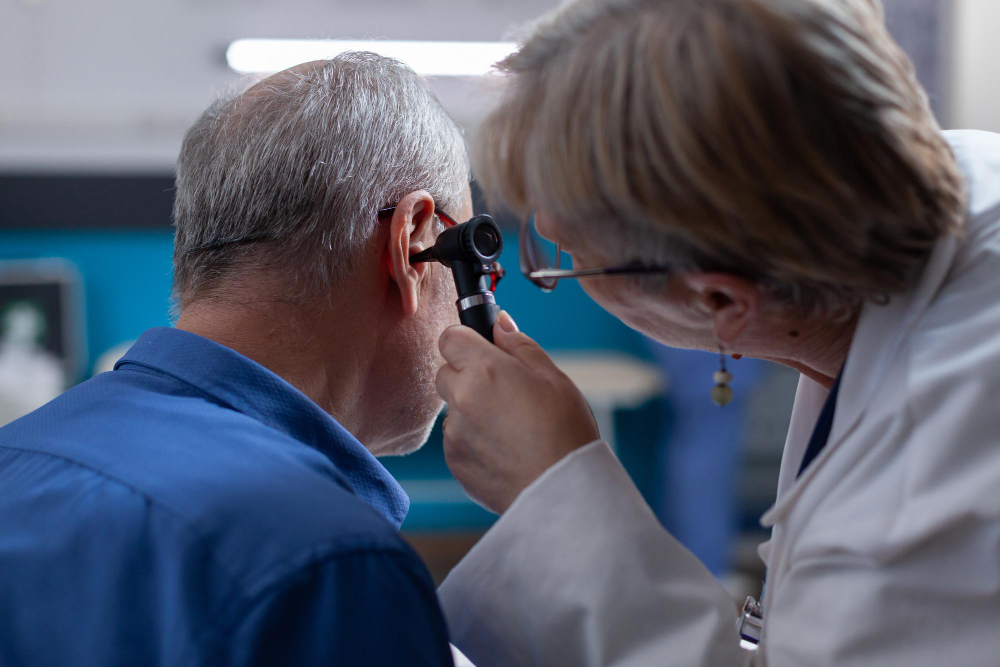Hyperacusis
Are everyday sounds causing you discomfort? Dr. Gladys Sanda specialises in assessing and managing hyperacusis. We offer personalised treatment plans to help you regain comfort and enhance your quality of life.

What is hyperacusis?
Hyperacusis is characterised by a reduced tolerance to everyday sounds, leading to discomfort or pain. Contrary to popular belief, these sounds do not have to be loud; individuals with hyperacusis may feel sensitivity to common noises like running water, conversations, or clanking dishes. This condition is often caused by auditory dysfunction, resulting in the amplification of external sounds within the brain.
Hyperacusis Retraining Therapy
Hyperacusis retraining therapy is designed to lower the internal volume of the auditory system and desensitise the brain to everyday sounds. Dr. Gladys Sanda has successfully helped numerous individuals regain control over their lives through this effective therapy. If you’re struggling with hyperacusis, our expert team is here to provide tailored solutions for your needs.

Darren's Story

The Process
Before your appointment, you’ll complete a questionnaire to assess for hyperacusis. The initial 60-minute consultation with Dr. Sanda includes hearing evaluations using pure-tone audiometry and tympanometry, with additional tests as needed.
The results will be explained in detail. Hyperacusis retraining therapy is based on understanding the auditory, autonomic, and limbic systems. After the evaluation, you’ll receive a tailored treatment protocol to manage your hyperacusis effectively.
Treatment Protocols
Understanding Hyperacusis Retraining Therapy
While many individuals report benefits after their initial consultation, it’s important to recognise that hyperacusis retraining therapy is not a quick fix. Noticeable improvements typically arise after approximately three follow-up sessions, with the full treatment duration ranging from 6 to 12 months. Follow-up appointments are usually scheduled every two weeks.
Dr. Sanda may offer a variety of therapeutic options, including:
- Cognitive Behavioural Therapy (CBT)
- Acceptance Commitment Therapy (ACT)
- Relaxation Techniques
- Mindfulness Practices
- Exposure Therapy
- Custom Ear Plugs (costing between £30 and £150, as recommended by Dr. Sanda)
These treatments, combined with a noise exposure education lesson and targeted exposure therapy, can help you return to the activities you enjoy.
Noise Exposure Education
In your noise exposure education lesson, you will learn to use technology to identify “how loud is too loud,” empowering you to manage your environment effectively.
Personalised Sensitivity Record
Dr. Sanda may provide you with a personalised diary to track your symptoms throughout the treatment process, helping to monitor your progress.
Wearable Sound Generators
Wearable sound generators are devices designed to emit sounds that reduce sensitivity in the auditory system. Starting at £1,950, which includes future appointments, these devices come with a fully refundable trial. However, please note that it may take at least six weeks to determine their effectiveness.



